There’s no argument that Apple’s products are designed to work best for those who live in the Apple ecosystem, but that doesn’t mean they don’t play nicely with other platforms or work well on their own. That’s especially true for the Apple TV 4K, Apple’s media streaming box, which has become popular enough that it’s the only Apple product many people own.
While it’s far from the most affordable streaming box on the market, the Apple TV 4K distinguishes itself from the competition in significant ways beyond mere integration with the iPhone and iPad. It’s a powerful streaming box worth a closer look for those looking to get the most out of their video content without additional distractions.
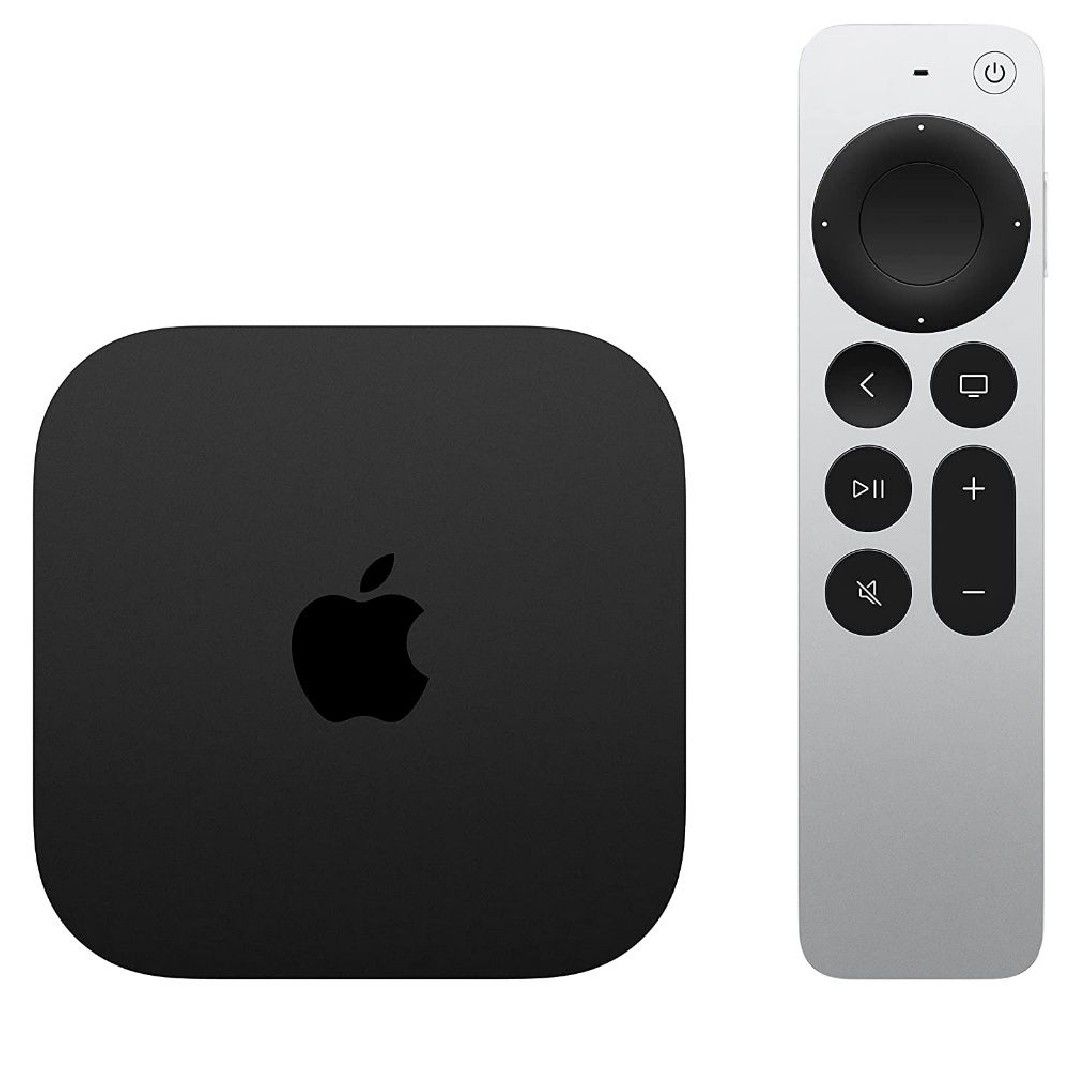
Apple TV 4K (3rd Gen)
The Apple TV 4K remains the best premium streaming device on the market. While it’s pricier than most of the competition, you get everything you pay for, including an industry-leading A15 Bionic chip that makes performance fast and snappy and powers some surprisingly good gaming experiences. It also supports all major HDR and Dolby standards for audio and video. While iPhone users get some bonus features, you don’t need to be in the Apple world to enjoy everything it offers.
- Incredibly fast performance
- A private and ad-free experience
- Fully supports all modern video and audio formats
- Robust gaming support
- Expensive
- App support is limited to Apple’s App Store
- Some features require an Apple Account
- 128GB version is of dubious value
Price, availability, and specs
The Apple TV 4K is naturally available directly from Apple and comes in two versions that differ in storage capacity and connectivity. The base Wi-Fi model sells for $129 with 64GB of storage, while the Wi-Fi + Ethernet version doubles the storage for $20 more and adds Thread networking support to the mix.
You can also find the Apple TV 4K at most other major online and brick-and-mortar retailers, which is where you should shop for better deals as you’ll never see it on sale at the Apple Store. Be sure to pay close attention, though, as many online retailers still offer the older second-generation 2021 model, often at very similar prices. All of Apple’s recent set-top boxes look very similar, but the third-gen model is the only one with a single Apple logo on top; all the older models have the logo with the letters “TV.”
What’s good about the Apple TV 4K?
A fast, private, and clutter-free experience
The Apple TV 4K stands out from the rest of the pack. It provides top-notch performance and focuses on what you want to watch rather than what advertisers want you to see. Apple’s strong ethos around privacy and advertising means you won’t see a single ad cluttering your Apple TV’s home screen — and likely never will. For me, that alone makes Apple’s streaming box worth it in a sea of devices that seem to be competing for my attention more than my wallet. Of course, all bets are off on what you’ll see when you open an individual app, but you can choose which apps you use.
You can rest assured that Apple isn’t tracking your viewing habits and selling that data to the highest bidder. Strong protections in the tvOS operating system that runs on the Apple TV 4K also mean third-party apps get virtually no access to anything outside their own sandboxes. In other words, Netflix will know what you’re watching on Netflix (of course), but it doesn’t get to see when you decide to take a break in the middle of Outlander to head over to Hulu and indulge yourself in an old episode of Dawson’s Creek. What you do on Netflix stays on Netflix.
The Apple TV 4K doesn’t cut corners in delivering raw performance. The latest model is powered by Apple’s A15 Bionic chip — the same silicon found in the iPhone 14 and iPhone 14 Plus released the same year. Everything runs so fast and lag-free that it will ruin you for other smart TVs and set-top boxes. I feel like I’m slogging through quicksand whenever I use a Roku or Fire TV Stick or switch over to my LG TV’s webOS. The core user experience is also excellent, including stunning aerial screensavers that turn your TV into digital artwork rather than a billboard.
Naturally, it supports everything you’d expect from a premium streaming box, including HDMI 2.1 and Dolby Vision, HDR10+, HDR10, and HLG formats, plus Bluetooth 5.0 for connecting wireless headphones or even a keyboard or game controller. It can also be paired with two of
Apple’s HomePods
to create a surprisingly good Dolby Atmos home theater experience, with HDMI eARC allowing other devices to stream through the HomePods. The Siri Remote lets you control a connected TV or AV receiver via
HDMI-CEC
or a direct infrared (IR) signal, and this works in both directions, so many TV remotes can also control the Apple TV over HDMI or the IR receiver on the set-top box.
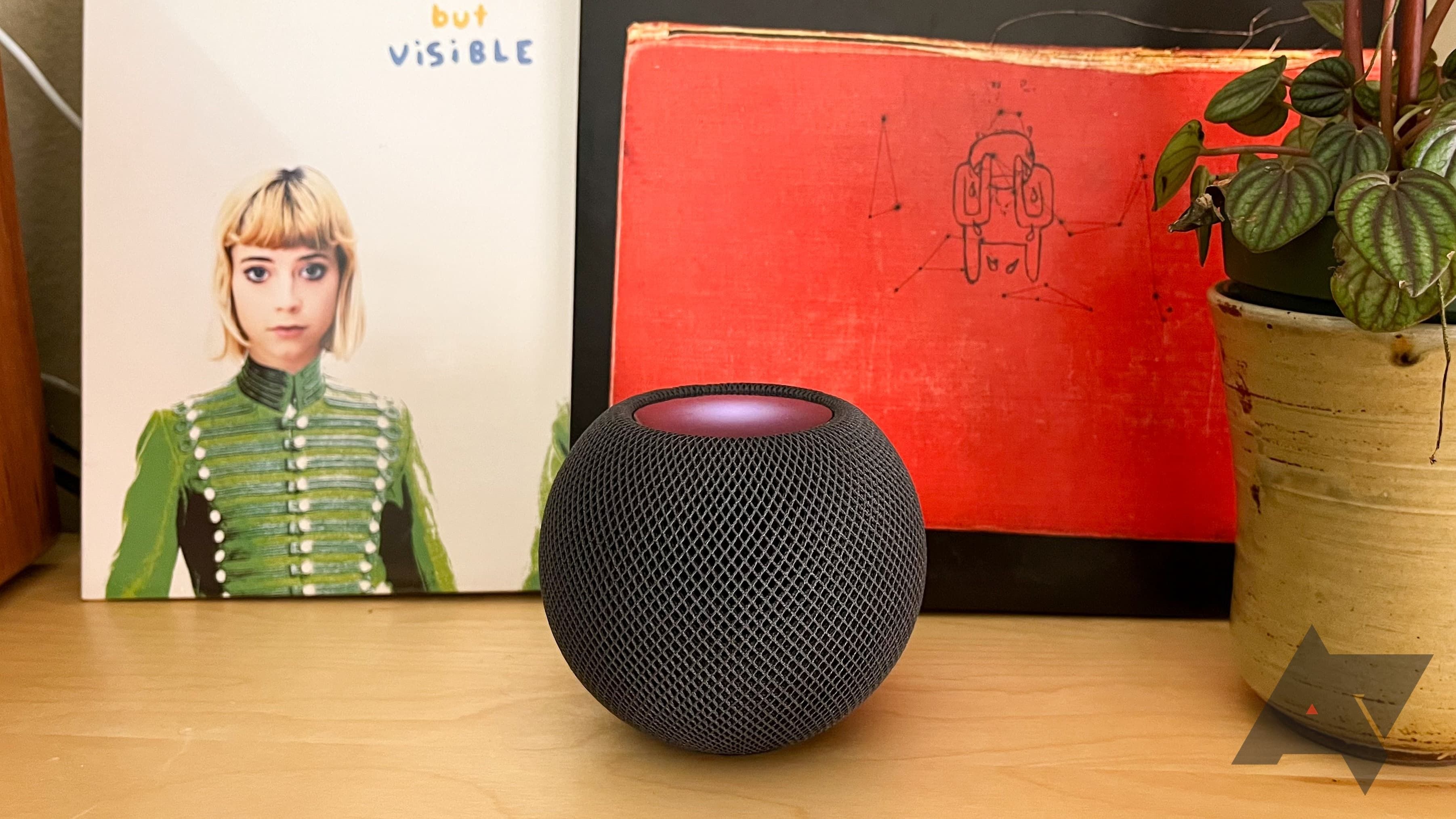
Read our review
The Apple TV plugs into Apple’s vibrant app ecosystem with an App Store that lets you download apps for even the most obscure streaming services. While the selection of other apps is smaller than you’ll find on an iPhone or iPad, since developers still have to release their apps specifically for the Apple TV, there’s no shortage of apps for weather, news, sports, and more.
Apple’s first-party TV app also does a good job serving as a front-end to multiple streaming services, letting you use it as a sort of home base for everything from the company’s Apple TV+ service to Amazon Prime and Disney+, and you don’t need to subscribe to Apple TV+ or any other Apple services to use it.
Some streaming services, such as Paramount+, are available as Apple TV Channels and can be streamed directly on the TV app; however, most simply launch into the appropriate third-party streaming app to show your selected title. Nevertheless, it’s a helpful way to keep track of everything you’re watching across multiple streaming services in one place. The central catalog also helps you find your favorite shows without hopping across numerous apps or remembering whether it was available on Prime or Hulu. The only catch? Netflix hasn’t signed on; you’ll still be able to watch Netflix on the Apple TV 4K, but you’ll have to open the Netflix app to find it.
You can also use Siri to search for and play content, even from third-party streaming services (although Netflix is once again the outlier here). Siri rightfully gets mocked for how poorly it works on most Apple devices, but it does a surprisingly good job on the Apple TV, likely because it’s a more single-minded implementation. It even won a technical Emmy Award in 2017. For example, you can ask Siri to play a specific TV show episode or search out movies based on genre, cast member, decade, and more. You can also call on Siri while watching a show to ask it to skip to a specific spot or ask, “What did she say,” which will skip back a few seconds and turn on closed captioning.
Lastly, while it won’t hold a candle to a Sony PlayStation or Microsoft Xbox, the Apple TV is also an astonishingly capable gaming device. You can pair a Bluetooth game controller — including Sony’s and Microsoft’s latest models — to play various games from the App Store, including a couple of hundred from Apple’s own Apple Arcade subscription service. These aren’t just casual mobile games, either; there are some remarkably impressive titles, like Fantasian, an immersive JRPG by Final Fantasy creator Hironobu Sakaguchi that was released exclusively for Apple Arcade three years ago. It’s no PS5, but I’ve still logged countless hours gaming on my Apple TV 4K.
What’s bad about the Apple TV 4K?
You’re still in Apple’s playground
The fact that the Apple TV does things Apple’s way is a mixed blessing. While there’s much to be said about the privacy and performance advantages, it’s still a device that lives in the confines of Apple’s walled garden. First and foremost, if an app you want to run on your set-top box isn’t on the tvOS App Store, you’re basically out of luck as there’s no official sideloading ability here. There are ways to jailbreak an Apple TV, but that’s not for the faint of heart.
This isn’t necessarily a problem if you’re willing to stick to paid and ad-supported streaming services, as you’ll find apps for all the mainstream ones and many more obscure services available as free downloads on the App Store. You can even host your own content or stream from private servers; apps like Plex and VLC are available on the tvOS App Store, and a built-in Computers app lets you stream audio and video from a Mac or PC.
The built-in apps are another downside. Unlike the iPhone and iPad, which now let you remove nearly every built-in app, the Apple TV leaves you stuck with everything it comes with, including odd ducks like iTunes Movies and iTunes TV Shows, both of which were deprecated over a year ago and now exist solely to tell people to open the Apple TV app instead. You can squirrel these away in folders, but you can’t get rid of them entirely.
There’s also the matter of storage. Apple sells the Apple TV 4K in 64GB and 128GB versions, but the storage isn’t meaningfully user-accessible. The apps you download go into local storage, but your media is merely cached in storage. This leaves little reason to opt for the 128GB model unless you plan to install many large apps, such as games, or you need the wired Ethernet port or Thread support (which only works with Apple’s HomeKit ecosystem).
While you can use the Apple TV as the only Apple device in your world, you will need an Apple Account to use most of its features. If you’re coming into the Apple world for the first time, this is an extra hurdle to jump through, as you can’t set this up directly on the set-top box, and Apple’s instructions tend to assume you at least have iTunes running on a Windows PC, if nothing else. However, it’s possible to sign up for an Apple Account on the web if you don’t already have one.
If you’re primarily an Android user, you’ll miss out on a few other things iPhone users can enjoy, although we don’t think any are deal-breakers. For example, device mirroring is limited to Apple’s AirPlay protocol, although there are Android apps that can bridge this gap. The iPhone also includes a handy built-in remote, plus the ability to find a lost hardware remote. You can also use an iPhone’s camera to color-calibrate your TV, although this is a one-time thing you could do using a friend’s iPhone. The photo screensavers are also excellent, but you’ll need to sync photos from a Mac or PC or upload them to Apple’s iCloud Photos to get your images onto Apple TV.
Lastly, there’s the price tag. The Apple TV is one of the most expensive streaming devices on the market. While you get what you’re paying for in raw performance and a cleaner user experience, those aren’t things everyone cares about. Competing devices like
Amazon’s Fire TV Stick 4K Max
and
Google’s TV Streamer
are more affordable since they’re subsidized by advertising, and that’s a trade-off many folks are willing to make. Of course, the Apple TV has more going for it than merely an ad-free experience, including surprisingly powerful gaming capabilities. However, that won’t matter to everyone and is practically irrelevant if you already have a game console in your home.
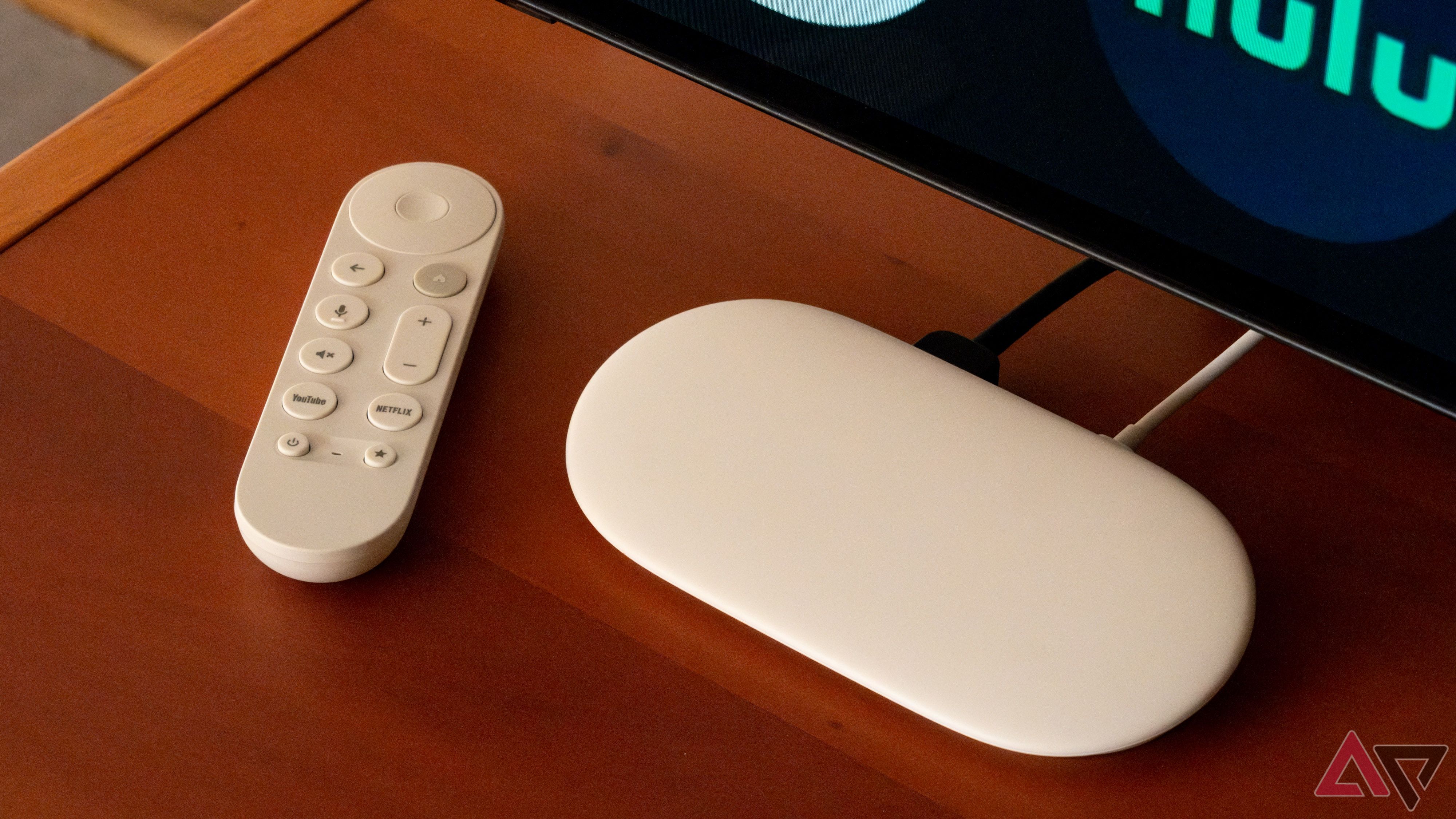
Read our review
Review: The Google TV Streamer is a better Chromecast, but not much more
At twice the price of Google’s last 4K streamer, I expected better
Should you buy it?
Don’t shy away just because you’re an Android user
The Apple TV 4K is one of the best streaming devices on the market, but while it’s an obvious buy for iPhone users, some folks in the Android world get nervous when they hear the word “Apple.”
While there’s little doubt that iPhone users will be able to enjoy an Apple TV more, using one without an Apple device isn’t all that much different from using a Roku or Amazon streaming device or your smart TV. While some of these are Android-powered under the hood, they’re still their own platforms and don’t all integrate into the Android ecosystem nearly as well as a Google TV.
It’s entirely possible to use an Apple TV as the first and only Apple device in your home and enjoy nearly everything it offers. You’ll get fast and snappy performance, access to a wealth of streaming services, and an experience unencumbered by ads. Just keep in mind that you probably don’t need to splurge on the 128GB model for streaming movies and TV shows unless you want to hardwire it into your home network.

Apple TV 4K (3rd Gen)
The Apple TV 4K doesn’t come cheap, but its performance and features easily justify the price for those seeking a premium streaming box that pulls out all the stops. The A15 Bionic chip inside means you’ll never need to worry about stutters or lags, and the higher-end 128GB model even lets you hard-wire it into your network for the smoothest possible streaming performance. Best of all, Apple’s privacy ethos means you won’t need to worry about ads and tracking.



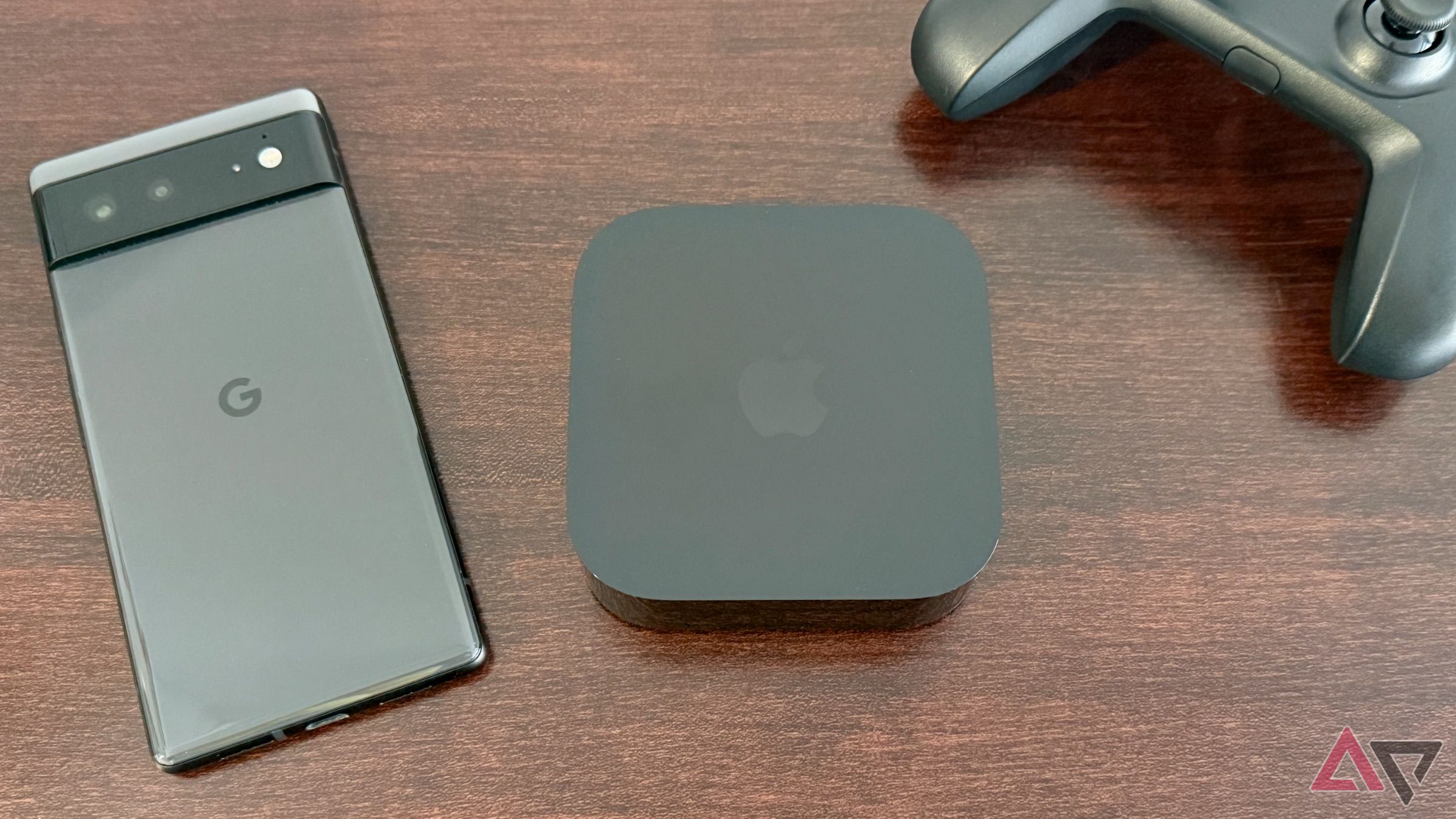
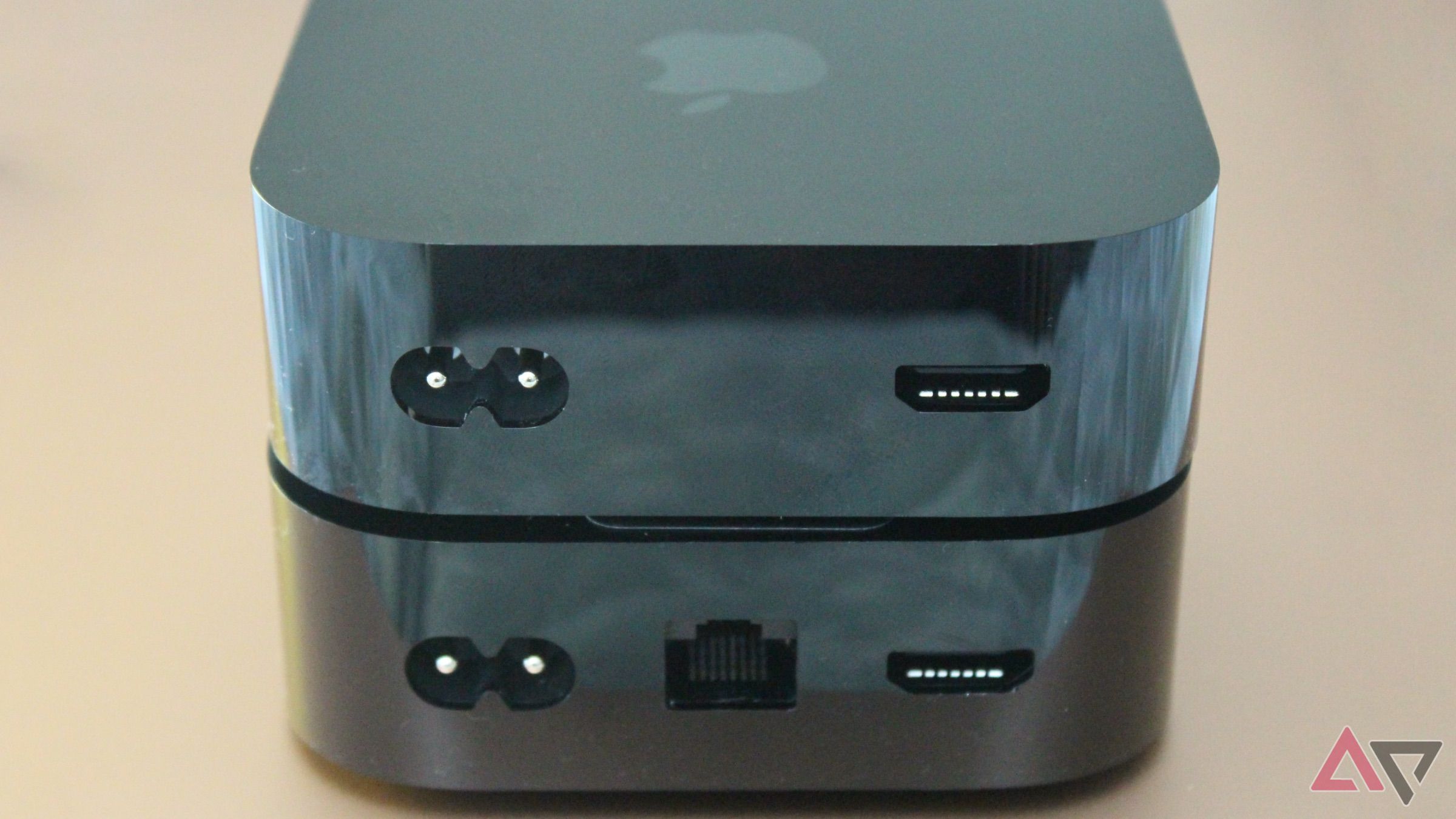
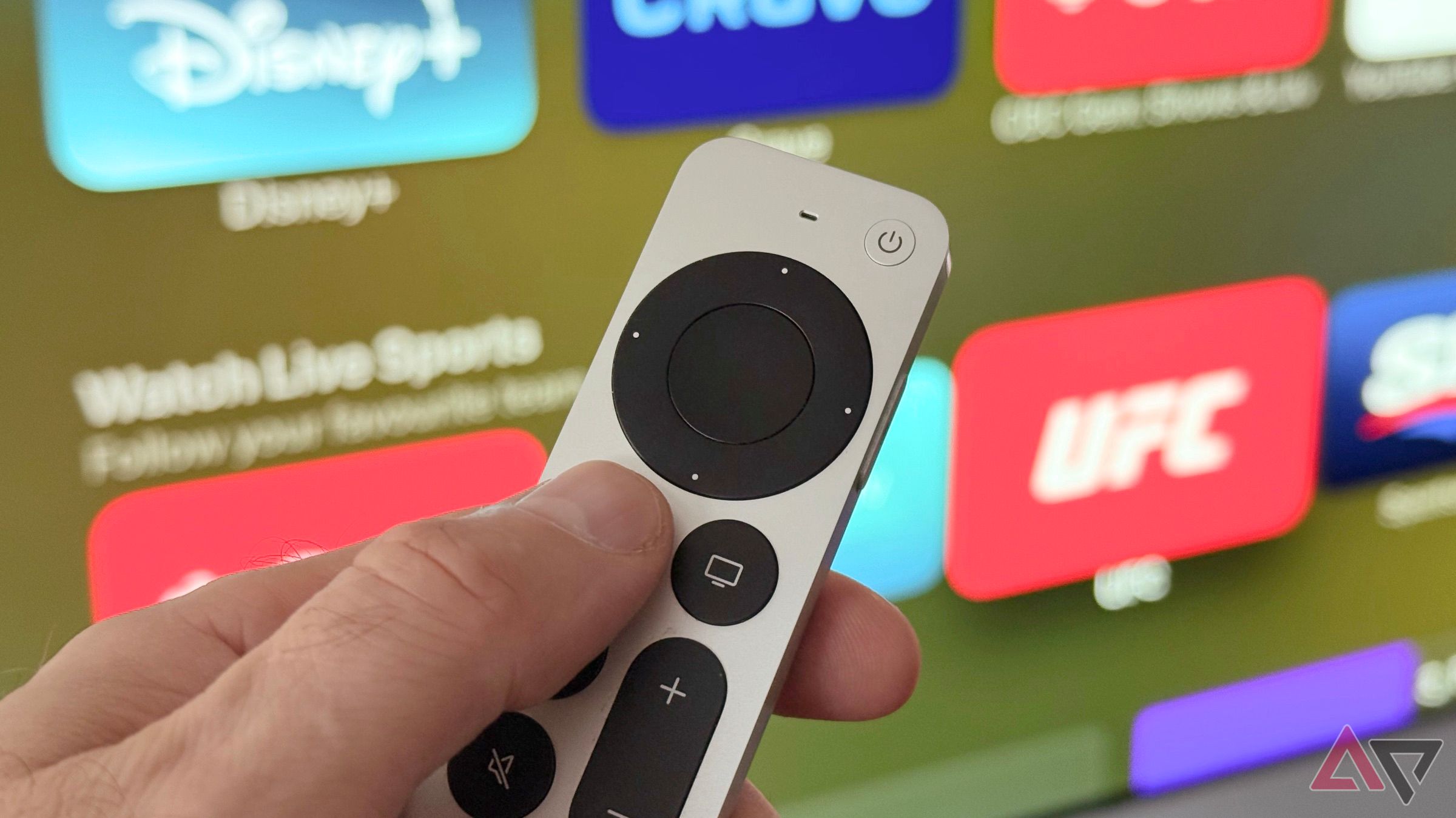
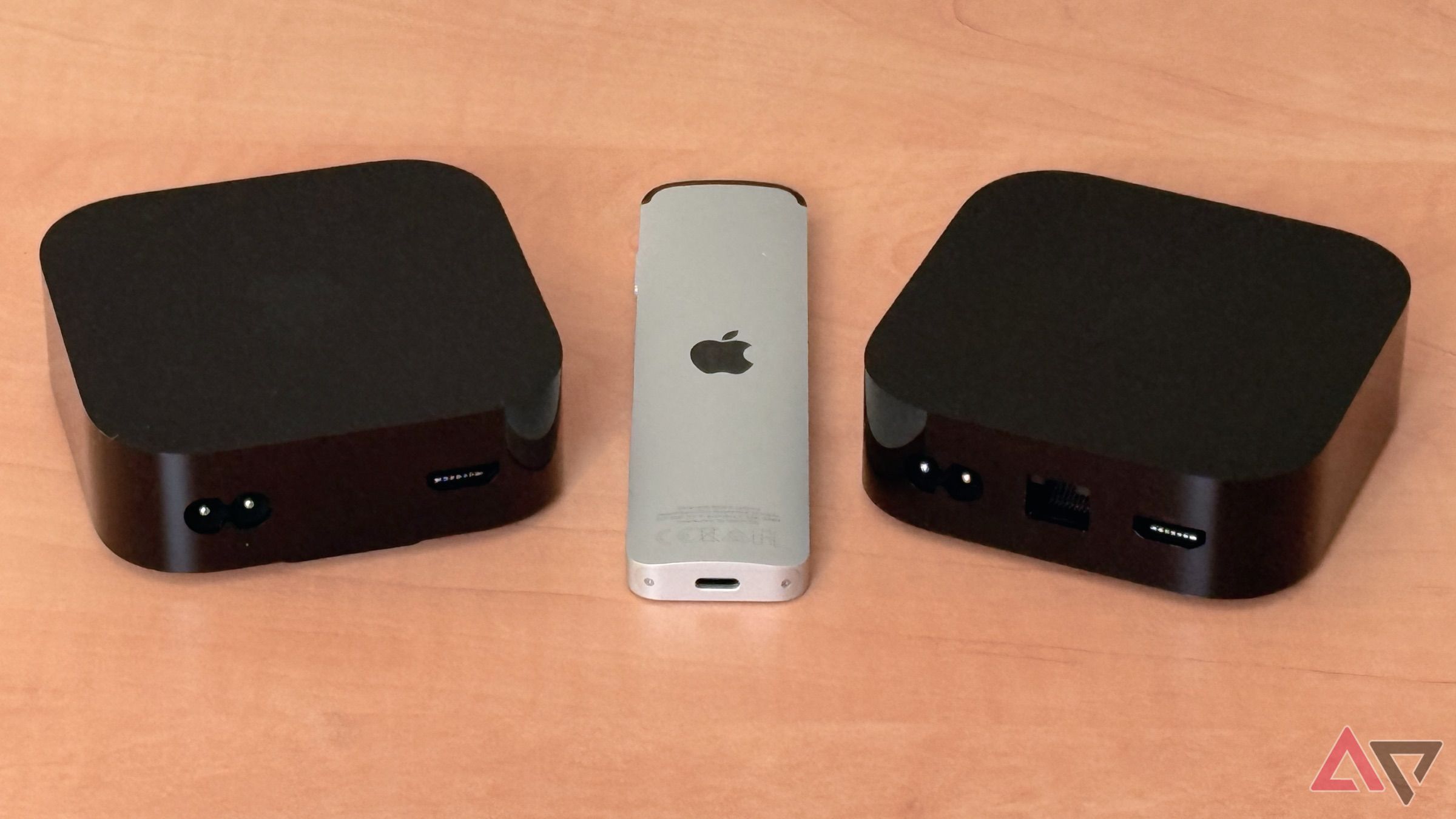
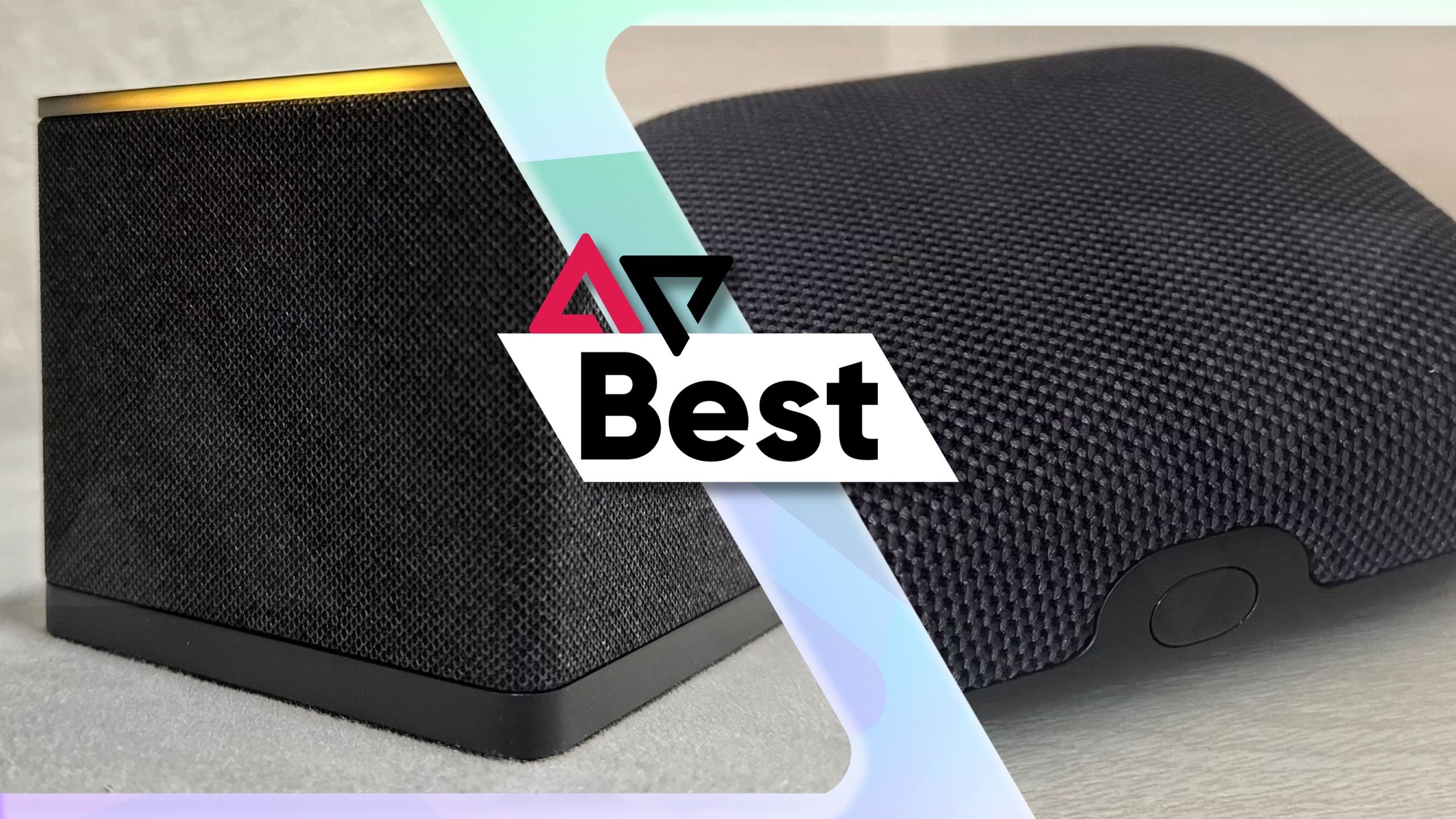



GIPHY App Key not set. Please check settings